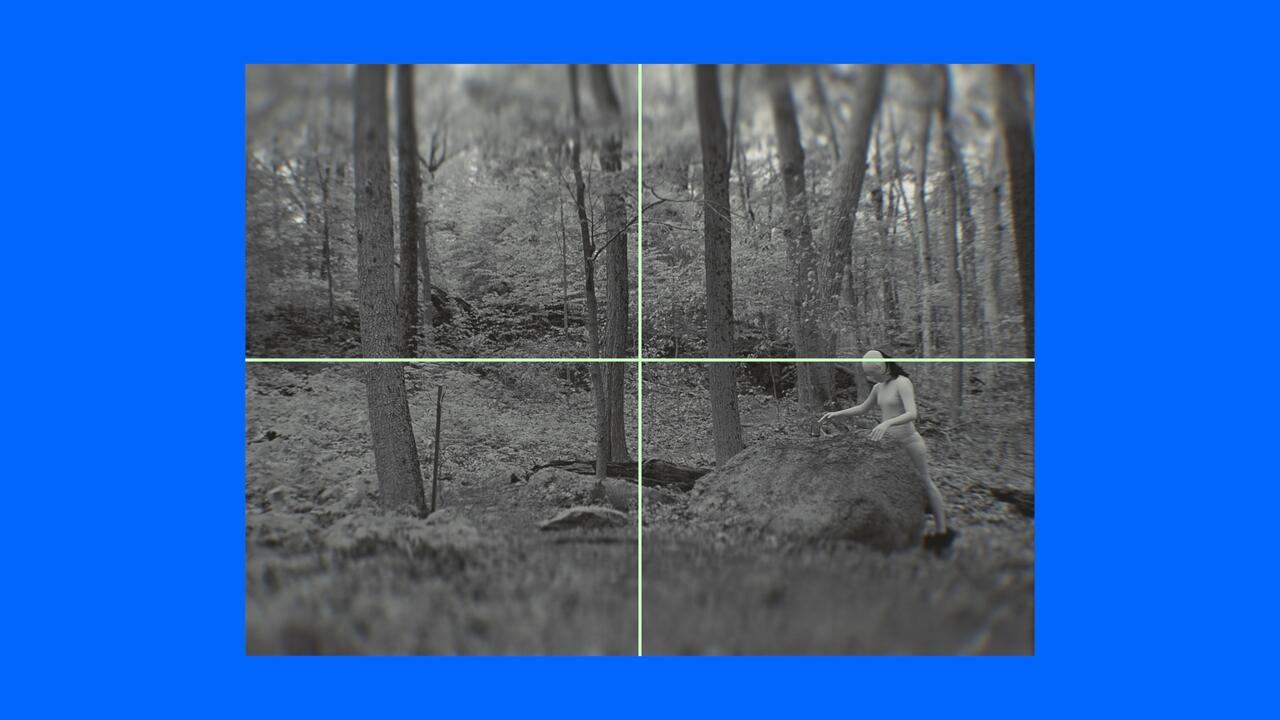Centre of Attention
Trafalgar Square recently hosted a screening of Sergei Eisenstein’s Battleship Potemkin to the accompaniment of a new soundtrack by the Pet Shop Boys. It was an event that highlighted the symbolic importance of London’s largest public square
Trafalgar Square recently hosted a screening of Sergei Eisenstein’s Battleship Potemkin to the accompaniment of a new soundtrack by the Pet Shop Boys. It was an event that highlighted the symbolic importance of London’s largest public square

For a century and a half London’s Trafalgar Square has exerted a gravitational pull on the populace. From radial imperial axis to aggrandized fumy roundabout this monstrous monumental space occupies a mythic place in the collective British consciousness, designed as much as a place of containment as one of celebration.
In his new book Trafalgar Square through the Camera (2005) Roger Hargreaves, curator of the recent National Portrait Gallery exhibition ‘Circling the Square’, notes that the area was ‘first cleared in the late 1820s, built upon in the early 1840s and completed with the almost apologetic and belated placement of Landseer’s four bronze lions in 1867’. Here, as if in echo of the battle it commemorates, authority and rebellion would be perpetually drawn together, in an ongoing conflict both physical and psychical. In October 1918 the ‘Feed the Guns’ show installed a First World War mock trench in the square, complete with dug-outs and wooden tank, to raise money for war bonds, importing a theme-park frisson of atrocity. Twenty years later the Nazis planned to capture Nelson’s Column itself and re-erect it in front of the Reichstag as the ultimate trophy of war. In 1985 the Polish artist Krzysztof Wodiczko revisited these martial plans when he projected images of cruise missiles onto Nelson’s Column, then swung a swastika onto the roundel set in the classical entablature of South Africa House, thereby turning the Herbert Baker building into the German Chancellery c. 1938.
Recently contemporary art has engendered fierce debate over the ‘empty plinth’ on the square’s north-western corner, variously occupied by works by Mark Wallinger, Rachel Whiteread and soon Marc Quinn. In 1936 Salvador Dalí staged an event in the square for the International Surrealist Exhibition, during which Sheila Legge wore a head-dress of flowers completely obscuring her features and held a pork chop in her rubber gloves (Surrealist Bulletin, no. 4, September 1936). In October 2004 Doug Fishbone unloaded 30,000 bananas into the square. A month beforehand, on Sunday 12 September, a gigantic screen was erected in front of Landseer’s blank-eyed lions – their dumb ferocity an eternal, if emasculated, witness to such events – and slowly, through intermittent drizzle and failing light, the square filled with the curious and the committed. It could have been a rather subdued political meeting.
The show, produced by the ICA, began with a commentary delivered by Simon McBurney, Director of the theatre group Complicité (who staged the event), as footage was projected onto a screen and the façade of the National Gallery. These images reached back from the poll tax riot of 1990 – a tempestuous day of anarchy when car showrooms and shops in the area were stove in, scattering diamond shards over streets denuded of tourists as if scared off by a farmer’s shotgun – to the demonstration of 1848, when ‘8,000 to 10,000 persons assembled in the Square, belonging entirely of working classes’ in protest against an increase in income tax. This was illustrated by the extraordinary 1840s image of Chartists meeting in Kennington Park – the first known photograph of a political event. Meanwhile a spotlight picked out a solitary figure moving through the crowd: a peasant woman with a child in her arms. The bareness of the gesture was somehow intensely moving. Then, in a phantasmagorical act, McBurney seemed to reappear on the roof of St Martin-in-the-Fields (in fact, it was his body-double). Finally the opening credits
of Sergei Eisenstein’s film Battleship Potemkin (1925) began to roll.
A surging red-tinted sea gave way to the languid scenes of sailors in their hammocks, their striped shirts and muscled arms a homoerotic echo of Hermann Melville’s Billy Budd (1891) or Jean Genet’s Querelle of Brest (1982) as filmed by Rainer Werner Fassbinder. Below the screen, partly obscured by a black net scrim, the Dresden Sinfoniker’s strings charged Eisenstein’s sequences with a powerful undertow, enhanced by the electronic pulse of the Pet Shop Boys’ new score, which at times incorporated sound effects or took on the actual sound of the images themselves: steam pistons in a Kraftwerkian mechanik, romantic lushness as yachts scudded across Odessa’s harbour.
This bastard, trans-chronological siring worked only because of the modernity of Eisenstein’s vision. The still breathtaking scope of his machine-gun staccato editing, the abstract imagery of his cinematography and the emotional charge of his narrative seemed, in its reshowing, to presuppose some kind of aesthetic link with Neil Tennant and Chris Lowe’s composition and the orchestrations by Torsten Rasch. The Pet Shop Boys’ work has ever evinced a filmic quality, both in music and performance, from their ‘It’s a Sin’ tour in 1989 (which included Super-8 sequences by Derek Jarman) to the David Alden/David Fielding operatic extravaganza of the ‘Performance’ tour in 1990 and the cabaret-like ‘Somewhere’ appearances at London’s Savoy Theatre in 1997, when double screens projected real-time films by Sam Taylor-Wood, which Tennant and Lowe entered and exited throughout the evening. To write a song for the most famous sequence in cinematic history – the Odessa Steps massacre – would seem hubristic, if not foolish. The fact that it succeeded is as much a tribute to Eisenstein’s art as it is to the Pet Shop Boys. It is also, perhaps, an acknowledgement of the ambiguous power of London’s most famous open space.















